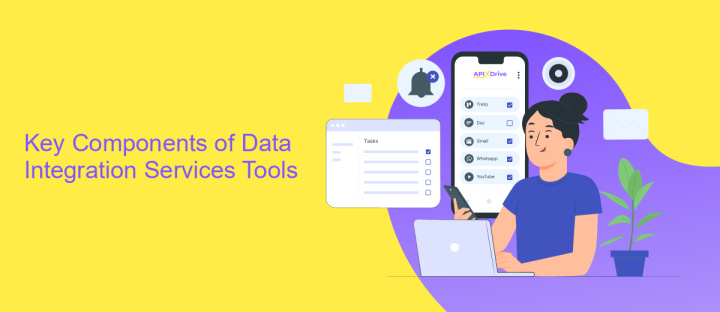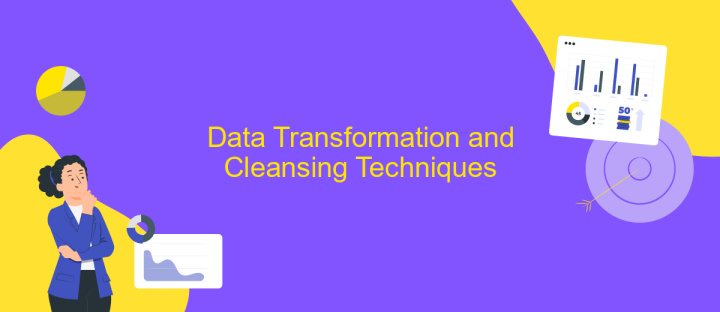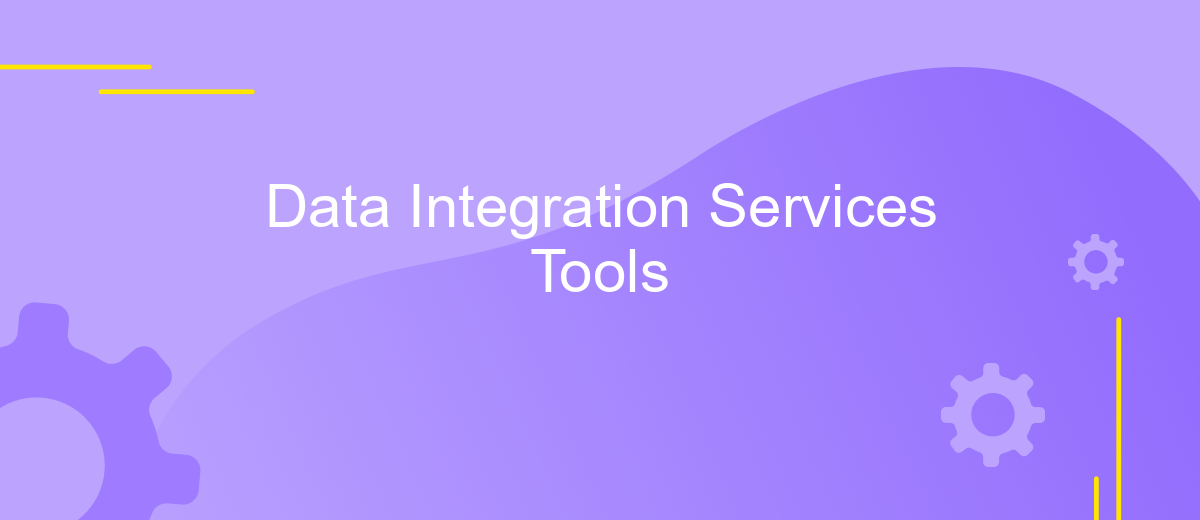Data Integration Services Tools
In today's data-driven world, businesses rely heavily on seamless data integration to ensure efficiency and informed decision-making. Data Integration Services Tools play a crucial role in consolidating data from diverse sources, enabling real-time analytics and fostering a unified view of information. This article explores the top tools available, their features, and how they can transform your data management strategy.
Introduction to Data Integration Services Tools
Data Integration Services Tools are essential for organizations looking to streamline their data management processes. These tools enable the consolidation of data from various sources, ensuring that information is accurate, consistent, and accessible. By leveraging these services, businesses can make more informed decisions, improve operational efficiency, and gain a competitive edge.
- Data Extraction: Collects data from multiple sources.
- Data Transformation: Converts data into a usable format.
- Data Loading: Transfers data into a central repository.
- Data Quality: Ensures data accuracy and consistency.
- Data Monitoring: Tracks and manages data flow.
The importance of Data Integration Services Tools cannot be overstated. They not only facilitate the seamless merging of data but also enhance data reliability and accessibility. As organizations continue to generate vast amounts of data, these tools become indispensable for maintaining data integrity and driving business success. Investing in robust data integration solutions is a strategic move that can yield significant long-term benefits.
Key Components of Data Integration Services Tools

Data integration services tools are composed of several key components that work together to ensure seamless data flow between disparate systems. One crucial component is the data connectors, which facilitate the connection to various data sources such as databases, cloud services, and APIs. These connectors enable the extraction, transformation, and loading (ETL) of data, ensuring that information is accurately and efficiently transferred from one system to another. Another essential element is the data transformation engine, which allows for the modification and formatting of data to meet the specific requirements of the target system.
An additional component is the data mapping interface, which provides a visual representation of how data fields from the source systems correspond to those in the target systems. This interface simplifies the process of aligning data structures and ensures consistency. Tools like ApiX-Drive offer user-friendly platforms for automating data integration processes, reducing the need for manual intervention and minimizing errors. Monitoring and error-handling mechanisms are also vital, as they ensure the integrity of data transfers and provide alerts in case of issues, allowing for timely resolution and maintaining the reliability of integrated systems.
Data Transformation and Cleansing Techniques

Data transformation and cleansing are critical steps in ensuring the quality and usability of integrated data. These processes involve converting data from various sources into a consistent format and removing inaccuracies or inconsistencies. Effective transformation and cleansing techniques can significantly enhance the reliability of data analytics and business intelligence applications.
- Normalization: Adjusting data values to a common scale without distorting differences in the ranges of values.
- Standardization: Converting data into a common format or structure, making it easier to analyze and compare.
- Deduplication: Identifying and removing duplicate records to ensure each data point is unique.
- Data Imputation: Filling in missing data points using statistical methods or machine learning algorithms.
- Data Validation: Checking data for accuracy and consistency to ensure it meets predefined criteria.
Implementing these techniques helps organizations maintain high data quality, which is essential for accurate reporting and decision-making. By addressing issues such as data redundancy, missing values, and format inconsistencies, businesses can trust their data to provide meaningful insights and drive strategic initiatives.
Data Integration Best Practices

Effective data integration is crucial for ensuring seamless data flow between different systems and applications. To achieve this, it is essential to follow best practices that enhance the efficiency and reliability of your data integration processes.
Firstly, always start with a clear understanding of your data sources and the specific needs of your organization. This involves identifying the types of data you are working with, the systems involved, and the goals of your integration efforts. Proper planning can prevent many common issues and streamline the entire process.
- Ensure data quality by validating and cleansing data before integration.
- Implement robust error handling and logging mechanisms.
- Maintain data security by encrypting sensitive information.
- Regularly monitor and audit data integration processes.
- Utilize scalable and flexible tools to accommodate growing data needs.
By adhering to these best practices, organizations can achieve more reliable and efficient data integration, leading to better decision-making and overall operational efficiency. Continuous improvement and adaptation to new technologies will further enhance the effectiveness of data integration efforts.
- Automate the work of an online store or landing
- Empower through integration
- Don't spend money on programmers and integrators
- Save time by automating routine tasks
Case Studies and Applications of Data Integration Services Tools
Data integration services tools have been pivotal in streamlining operations across various industries. For instance, a leading e-commerce company leveraged these tools to integrate disparate data sources, resulting in a unified view of customer interactions. By utilizing ApiX-Drive, they automated data transfers between their CRM, email marketing platform, and inventory management system. This not only reduced manual data entry errors but also enhanced customer experience by providing timely and personalized communication.
Another case study involves a healthcare organization that needed to consolidate patient data from multiple systems for better care coordination. By implementing data integration services, they successfully merged electronic health records, lab results, and billing information into a single, accessible platform. ApiX-Drive played a crucial role in this process by offering seamless integration capabilities and real-time data synchronization. This led to improved patient outcomes and operational efficiency, demonstrating the transformative power of effective data integration tools.
FAQ
What is data integration?
Why is data integration important for businesses?
What are the common challenges in data integration?
How can automation help in data integration?
What features should I look for in a data integration tool?
Routine tasks take a lot of time from employees? Do they burn out, do not have enough working day for the main duties and important things? Do you understand that the only way out of this situation in modern realities is automation? Try Apix-Drive for free and make sure that the online connector in 5 minutes of setting up integration will remove a significant part of the routine from your life and free up time for you and your employees.


